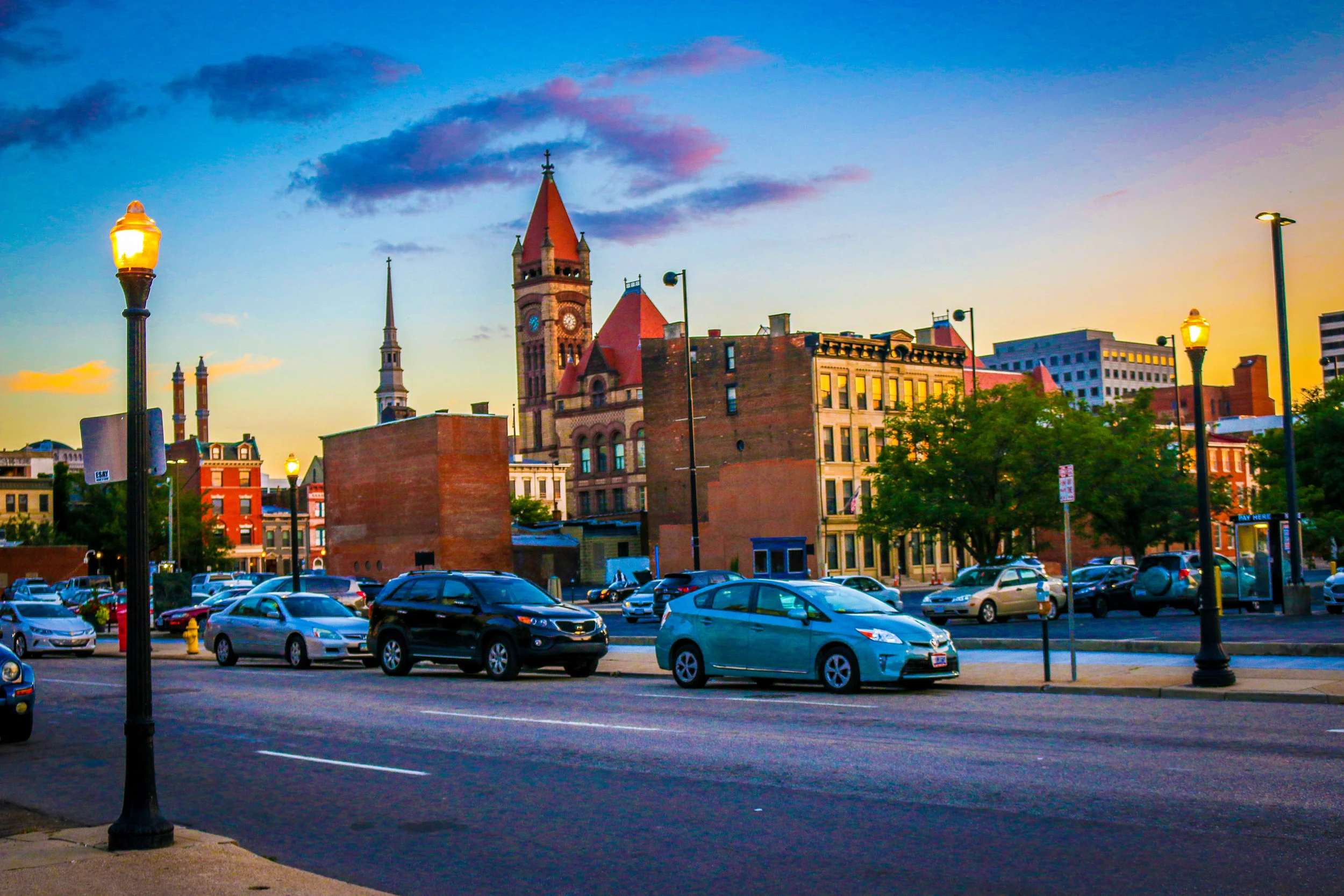Florence, Alabama is a really neat little city in the far northwest corner of the state. It is part of a region referred to collectively as The Shoals, which includes the towns of Muscle Shoals, Tuscumbia and Sheffield. Florence sits right on the Tennessee River, and was named for the city in Italy by the Italian surveyor who helped lay out the original plan. Florence is the hometown of both W.C. Handy and Sam Phillips, so musical traditions run deep in the area. In fact, it seemed like the arts were well represented in general there as is displayed by the beautiful street art you’ll see in this post. During my visit I also caught a wonderful performance of The Best Little Whorehouse in Texas at the beautiful Shoals Theater, right in the heart of town. I really enjoyed wandering the streets of Florence and spending some time in the riverfront McFarland Park. While I spent my days touring nearby FAME Recording Studio, Muscle Shoals Sound Studio and the birthplace of Helen Keller, I kept finding myself drawn back across the river in the evening to experience all this town had to offer, from nice restaurants to some cool live music venues. While there is so much to see and do in this part of Alabama, be sure to save some time for a stroll around downtown Florence, “Alabama’s Renaissance City”. You’ll be glad you did.
Viewing entries tagged
old buildings
Burnt Corn, Alabama is a quiet community of about 300 people in the southeast of the state. It is actually a town that pre-dates the formation of the state of Alabama and traces its roots back to the early 1800’s when it was a stop on the old Federal Road connecting Washington D.C. to New Orleans. A post office opened in town in 1817 and operated there all the way until 2002. It’s a beautiful little town which I enjoyed stopping in to take these photos. To read the full history of the town and find out more about the different interpretations of how Burnt Corn got its name, check out THIS fact-filled website about the town. If you’re ever passing through the area, take a few minutes to detour to beautiful Burnt Corn, Alabama.
These photos come from the Creole plantations located along the Cane River in northeastern Louisiana. Even reading that sentence back makes me smile as it sounds as remarkably Southern as it is. The word “Creole” is a complicated one, as it has evolved over time. Technically it means something which comes from the new world but with old world roots. People born in Louisiana of Spanish and French decent were referred to as “Creoles”. The word also encompassed architecture and food born in the region but using traditional knowledge. Today, it tends to mean people of mixed heritage including those of European, African and Native American descent. Regardless, these early settlers to the region began mostly as subsistence farmers and over time grew into large plantation owners. As cotton became king in the south, many of these plantations got on board, purchasing hundreds of enslaved people to do their manual labor. The plantations grew and thrived. After the Civil War and the the 13th Amendment to the Constitution freed the slaves, many stayed on as sharecroppers and tenant farmers, as the plantation and cotton were the only things they had ever known. Some of these plantations remained in business into my lifetime owned and worked by generation after generation of people from the same families.
The first photos in this collection come from the Magnolia Plantation, a part of Cane River Creole National Historical Park. Once owned by the LeComte Family, this large plantation was worked by 275 enslaved people in its heyday. While the Big House is still owned by the family and is closed to visitation, the overseer’s house, plantation store, blacksmith shop, cotton gin building and slave cabins are all open to the public as part of the park. I especially enjoyed learning about the “pigeonnier”, a pigeon coup in which their droppings were used as fertilizer and baby pigeons were sometimes eaten as a delicacy. Today only 8 of the original 71 slave cabins remain, but were occupied by plantation workers until 1970. This plantation is fascinating to wander around and learn about the people who lived there…
Originally settled in 1788 at the confluence of the Ohio and Licking Rivers, Cincinnati grew to be the largest inland city in the country and the sixth largest overall in the years leading up to the Civil War. In the latter half of the 19th Century, Cincinnati was often referred to as the "Paris of America" due to its many large and beautiful buildings. Today, many of these grand old dames still tower over the city harking back to a time when things were built with style and built to last. I spent most of my time in Cincinnati with wide eyes and my camera whirring away. Here are some of my favorite old buildings ranging from private homes to churches to public buildings. Cincinnati is definitely a city worth visiting for many reasons, but the architecture was definitely what struck me the most. Enjoy!





